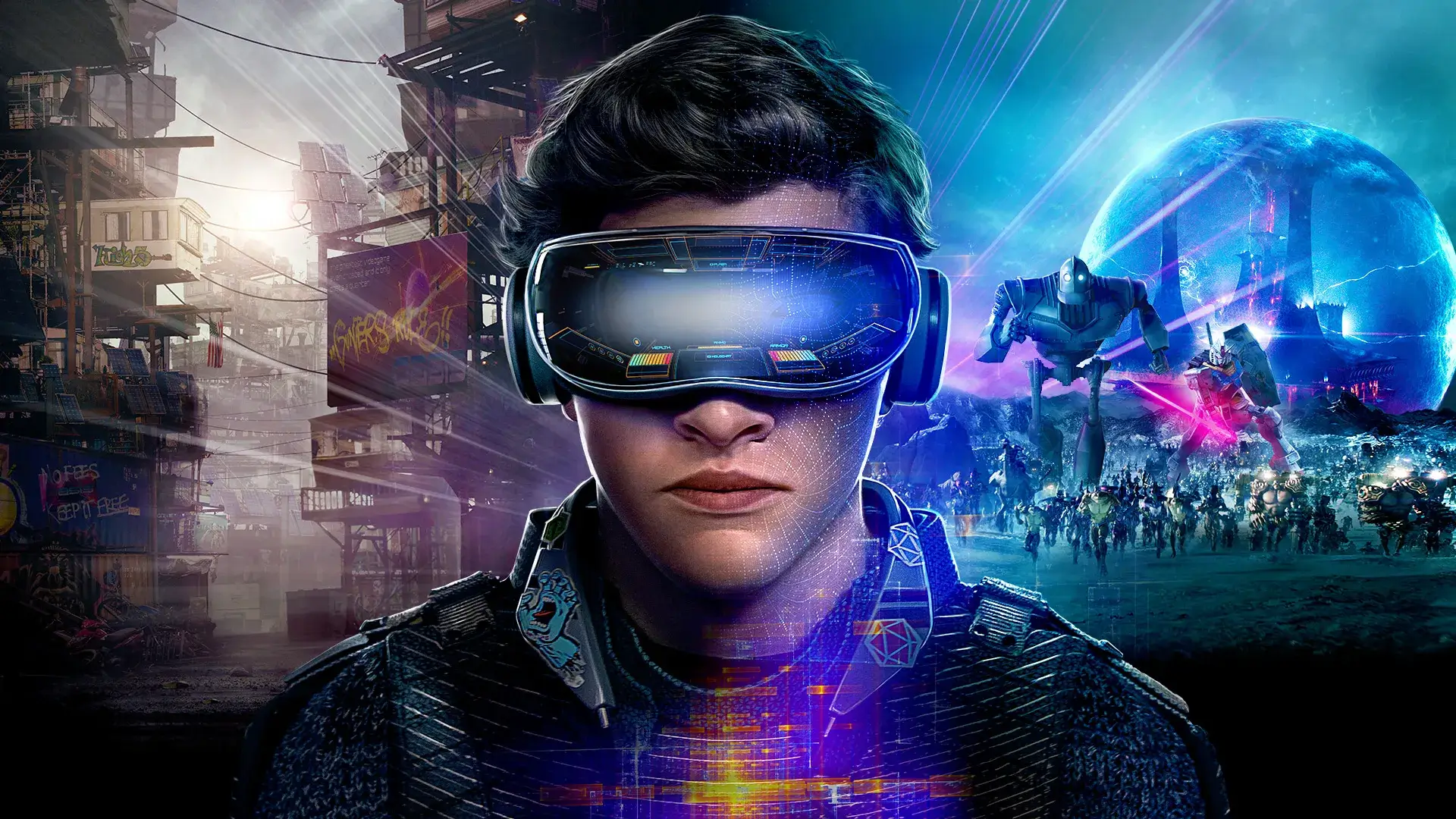Key Takeaways:
- One of the biggest concerns when discussing the metaverse, and particularly when those conversations are of a strategic nature, is whether it will be do-over of Second Life, the Sims or assorted immersive video games like Roblox or Fortnite?
- With virtual environments such as video games, the character and the journey are vertical, restricted to gaming.
- As technology progresses, their potential will expand.
- Second Life was different, even if it was largely recreational (and for some people a first foray into virtual sex), transcending the video game and instead becoming a place where many companies came to acquire islands, to build environments and buildings, and to develop activities.
- After all, if a lot of companies are venturing into the metaverse, it may make sense for educators to follow them.
- Looking to the future, the idea of redefining the internet around blockchain, decentralization, tokenization, smart contracts or Distributed Autonomous Organizations, is much more exciting than an interface built on a video game engine and on a peripheral, the virtual reality viewer, which nobody would surely want to wear for more than 30 minutes.
One of the biggest concerns when discussing the metaverse, and particularly when those conversations are of a strategic nature, is whether it will be do-over of Second Life, the Sims or assorted immersive video games like Roblox or Fortnite?
With virtual environments such as video games, the character and the journey are vertical, restricted to gaming. It’s true that some young users use them as discussion forums as well, that concerts can be held virtually and that some platforms allow users to créate their own video games within a video game, but in practice, we’re still talking about video games.
That said, let’s not dismiss video games, after all millions of young people spend their spare cash on weapons, clothes, objects, on them. As technology progresses, their potential will expand.
Second Life was different, even if it was largely recreational (and for some people a first foray into virtual sex), transcending the video game and instead becoming a place where many companies came to acquire islands, to build environments and buildings, and to develop activities. In 2007 I gave some classes and lectures in Second Life, along with a few tips on using it (in Spanish). For the developer company, it was a major source of income: an island was equivalent to renting space on a server, and building anything on it meant additional payments, hiring designers and developers for it, etc. People also spent money on avatars, shopped and bought all kinds of clothing and accessories, and there were even companies that flirted with the idea of using it as a working environment — and we’re talking about 2003!
Now, in many ways, the rise of the metaverse evokes the same kind of sensations for many, albeit with an obvious caveat: although Linden Labs and Second Life are still out there, the reality is that their use became increasingly geekier, more extravagant and, moreover, less interesting. All those companies that invested money in Second Life at the time got out sooner or later, in many cases leaving their islands and avatars there, and the craze simply fizzled out. Just another fad.
And here we are again: the hype has attracted plenty of companies to the outfit formerly known as Facebook, with Microsoft and others interested in participating on their platforms, which in many cases are glorified video games with a virtual reality viewer to make them more immersive. Many companies make large purchases of these viewers to train their users, to give an image of modernity and to be able to say they’re in the metaverse… although they still have no idea why or how long it will last. Others acquire virtual “properties”, which are simply space on a server and virtual maps of leading cities, trying to convey a sense of urgency and scarcity that in practice, no matter how we look at it, is simply not there.
For academic institutions, the metaverse could be a place to educate their students, allowing them to feel comfortable enough to hold a meeting or undergo a job interview in a virtual environment, attend a class or give a presentation. After all, if a lot of companies are venturing into the metaverse, it may make sense for educators to follow them.
From there to the metaverse becoming the future, rather than a video game that will hopefully go out of fashion in a couple of years, depends on how many people decide to explore what in the final analysis is little more than an interface. Looking to the future, I think the idea of redefining the internet around blockchain, decentralization, tokenization, smart contracts or Distributed Autonomous Organizations, is much more exciting than an interface built on a video game engine and on a peripheral, the virtual reality viewer, which nobody would surely want to wear for more than 30 minutes.
In many ways, despite efforts to make the metaverse look like the future, we’ve already been here. Without visors, but with similar paraphernalia, and with companies desperate to look modern. Interesting? Everything in technology is, even if it’s déjà vu and subject to the usual hype cycle. Anyone who thinks the metaverse will be run by a single company selling space on it, along with the viewer, will be proved wrong, because the metaverse can only work if it is open, interoperable and with multiple participants. If you don’t believe me, take a look at Horizon Worlds, Mesh, Decentraland or the other pretenders: we lived through this at the turn of the century. And what’s more, we had legs.




























